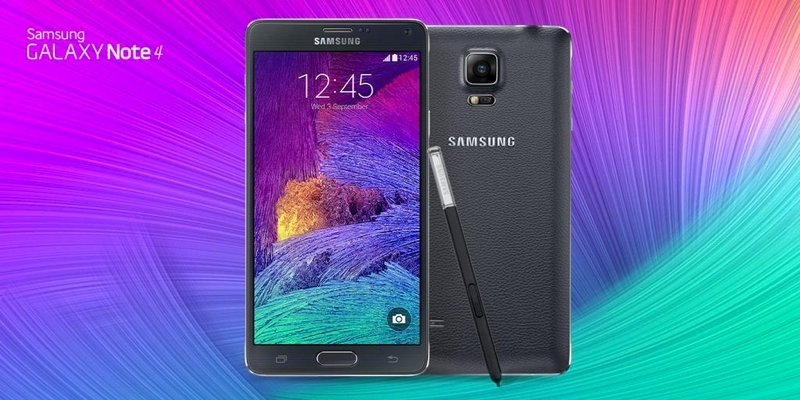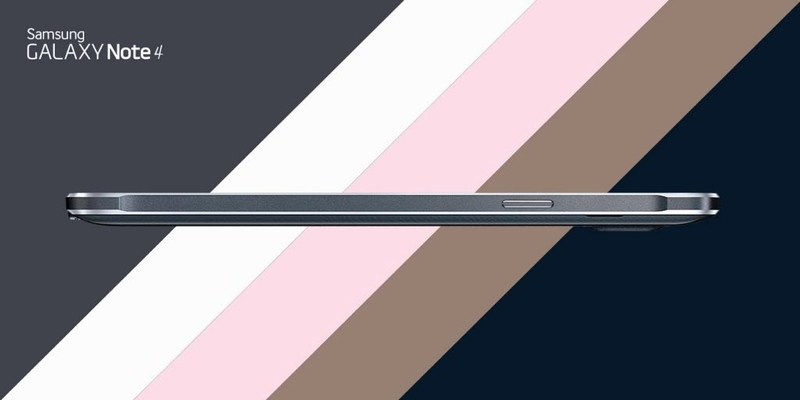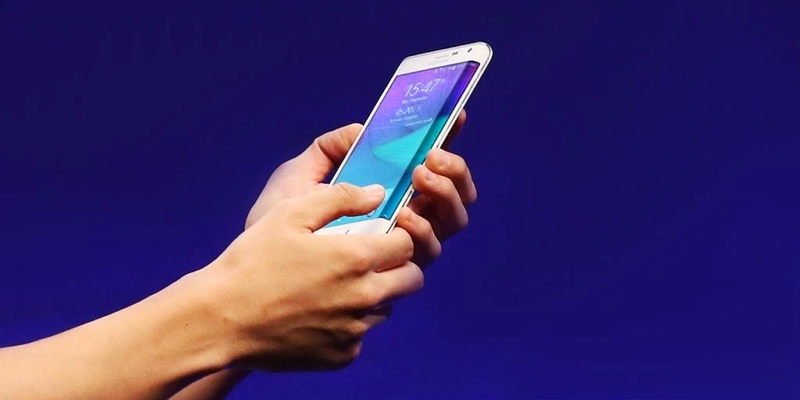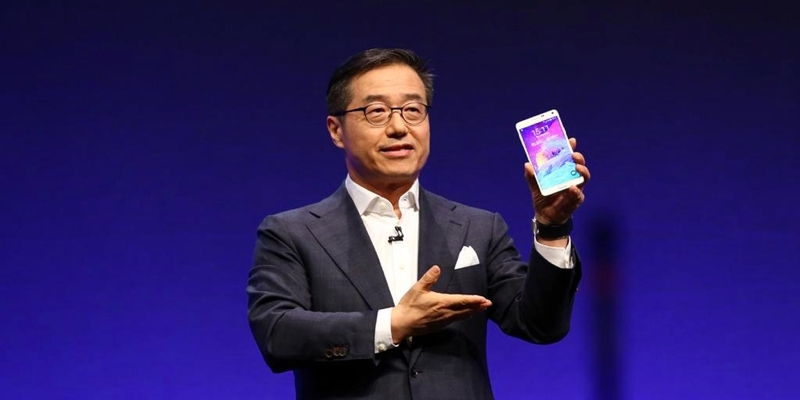Samsung officially announced an all-new flagship phablet at IFA 2014 this morning. An iterative update over last year's Note 3, the Galaxy Note 4 features a 5.7-inch Quad HD 2560 x 1440 display, Qualcomm Snapdragon 805 or Samsung Exynos 5433 SoC (depending on the region), and a 16-megapixel rear camera with optical image stabilization -- a first for Samsung.
Memory remains the same at 3GB while internal storage now starts at 32GB, with a microSD slot that can take up to 128GB cards for expansion. The battery is just about the same size as last year's model (3200 vs. 3220 mAh), and Samsung says it will charge from zero to 50 percent capacity in just 30 minutes thanks to Qualcomm's QuickCharge technology.

The S5's fingerprint scanner and heart-rate monitor have made their way into the Note 4 as well, alongside an updated S Pen with improved tracking.
In terms of software the Note 4 runs Android 4.4.4 KitKat with Samsung's usual range of apps and interface tweaks on top of it. Among the highlights here are a new stacked card multitasking view, improved multitasking with the ability to have more than two windows open at a time, the ability to pin short notes to your home screen, and S Health specific improvements.

While the device itself maintains a similar design compared to its predecessor, one major change is the inclusion of a metal band that wraps around the frame of the Note 4 – much like it was the case with the new Samsung Galaxy Alpha. Elsewhere the back is still textured plastic, which you can remove to access the SIM card, MicroSD memory card, and battery.
The Galaxy Note 4 be available from all major U.S. carriers, but Samsung hasn't shared specific details on pricing and launch dates.
Galaxy Note Edge
In addition to the new Note, Samsung also showed off a limited-edition version of the device with a curved edge screen on one of the sides. Dubbed Galaxy Note Edge, the phablet's differentiating feature is admittedly gimmicky, it'll be up to developers to exploit this extra bit of screen real estate in creative ways.

By default this edge acts as an app launcher, but there are a number of widgets designed specifically for it. Some examples mentioned or shown off by Samsung included tickers of sorts that let you flip through news or tweets, notifications, or app-specific toolbars. The idea is you get more functionality and information without disturbing whatever you're doing on the main screen.
The Galaxy Edge is also coming to all major U.S. carriers, and likewise, there's still no word on pricing or availability at this point.
